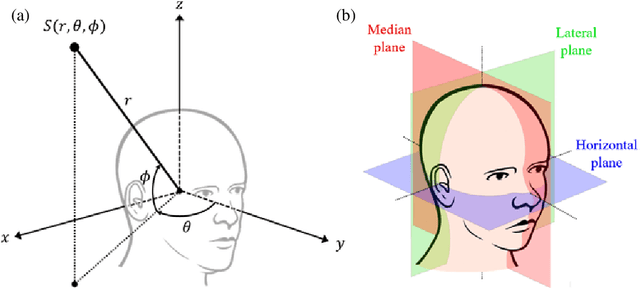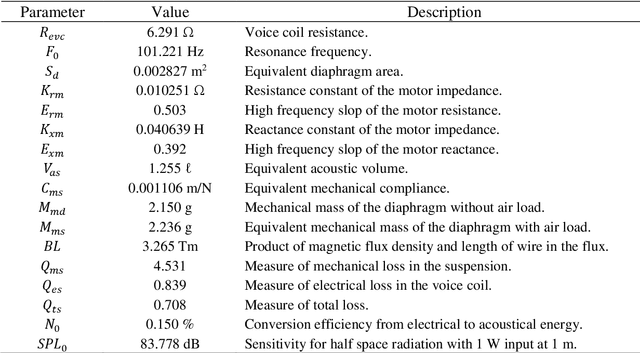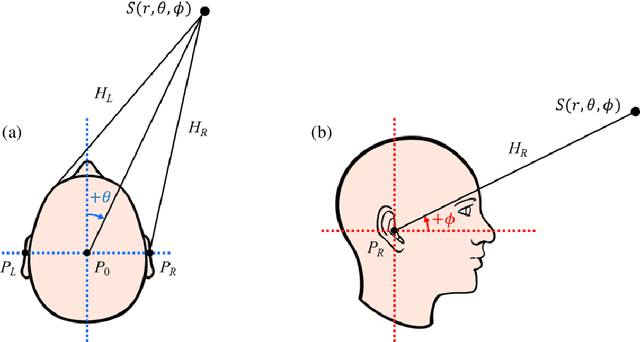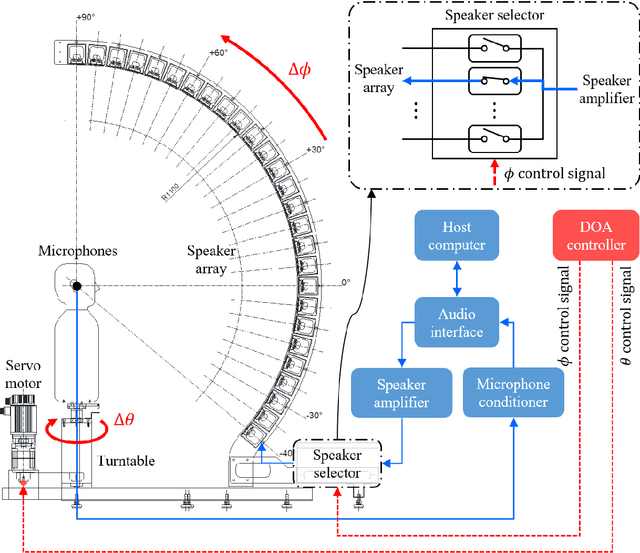HRTF measurement for accurate sound localization cues
Paper and Code
Apr 06, 2022



A new database of head-related transfer functions (HRTFs) for accurate sound source localization is presented through precise measurement and post-processing in terms of improved frequency bandwidth and causality of head-related impulse responses (HRIRs) for accurate spectral cue (SC) and interaural time difference (ITD), respectively. The improvement effects of the proposed methods on binaural sound localization cues were investigated. To achieve sufficient frequency bandwidth with a single source, a one-way sealed speaker module was designed to obtain wide band frequency response based on electro-acoustics, whereas most existing HRTF databases rely on a two-way vented loudspeaker that has multiple sources. The origin transfer function at the head center was obtained by the proposed measurement scheme using a 0 degree on-axis microphone to ensure accurate spectral cue pattern of HRTFs, whereas in the previous measurements with a 90 degree off-axis microphone, the magnitude response of the origin transfer function fluctuated and decreased with increasing frequency, causing erroneous SCs of HRTFs. To prevent discontinuity of ITD due to non-causality of ipsilateral HRTFs, obtained HRIRs were circularly shifted by time delay considering the head radius of the measurement subject. Finally, various sound localization cues such as ITD, interaural level difference (ILD), SC, and horizontal plane directivity (HPD) were derived from the presented HRTFs, and improvements on binaural sound localization cues were examined. As a result, accurate SC patterns of HRTFs were confirmed through the proposed measurement scheme using the 0 degree on-axis microphone, and continuous ITD patterns were obtained due to the non-causality compensation. Source codes and presented HRTF database are available to relevant research groups at GitHub (https://github.com/han-saram/HRTF-HATS-KAIST).
 Add to Chrome
Add to Chrome Add to Firefox
Add to Firefox Add to Edge
Add to Edge